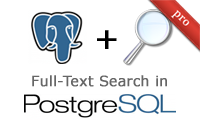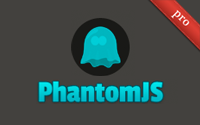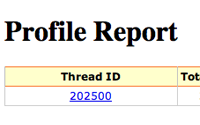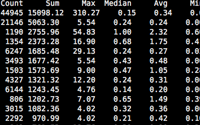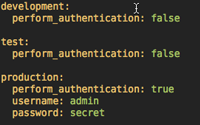Categories
- Active Record
- Active Resource
- Active Support
- Administration
- Ajax
- APIs
- Authentication
- Authorization
- Background Jobs
- Caching
- Code Walkthrough
- Controllers
- Debugging
- Deployment
- eCommerce
- Forms
- Mailing
- Models
- Performance
- Plugins
- Production
- Rack
- Rails 2.0
- Rails 2.1
- Rails 2.2
- Rails 2.3
- Rails 3.0
- Rails 3.1
- Rails 3.2
- Rails 4.0
- Refactoring
- Routing
- Search
- Security
- Testing
- Tools
- Views
Client-Side Performance
Optimizing Rails performance can only take you so far. The client-side plays a big part in how fast a page feels. Here I show many tools that can help make your apps faster than ever.
(14 minutes)
MiniProfiler
MiniProfiler allows you to see the speed of a request conveniently on the page. It also shows the SQL queries performed and allows you to profile a specific block of code.
(9 minutes)
Full-Text Search in PostgreSQL
Postgres offers full-text searching right out of the box. This episode shows how to write queries from scratch, apply tools like Texticle and pg_search, and optimize performance through indexes.
(16 minutes)
Testing JavaScript with PhantomJS
PhantomJS allows us to test JavaScript without going through a browser window. Here I show how to do this using Capybara and Poltergeist. I also give some tips on handling database transactions and skipping javascript tests.
(10 minutes)
Request Profiling
You can use profiling to determine where the performance bottlenecks are in specific Rails actions. Watch this episode for details.
(10 minutes)
Analyzing the Production Log
In order to improve performance of your Rails application you need to find the bottlenecks. A great starting point is your production log. In this episode you will see how to use RAWK to analyze your log file and determine which controller actions take up the most processing time.
(5 minutes)
YAML Configuration File
Application configuration shouldn't be spread throughout your code base. Instead a much better place to put it is an external YAML file. See how to do that in this episode.
(7 minutes)



